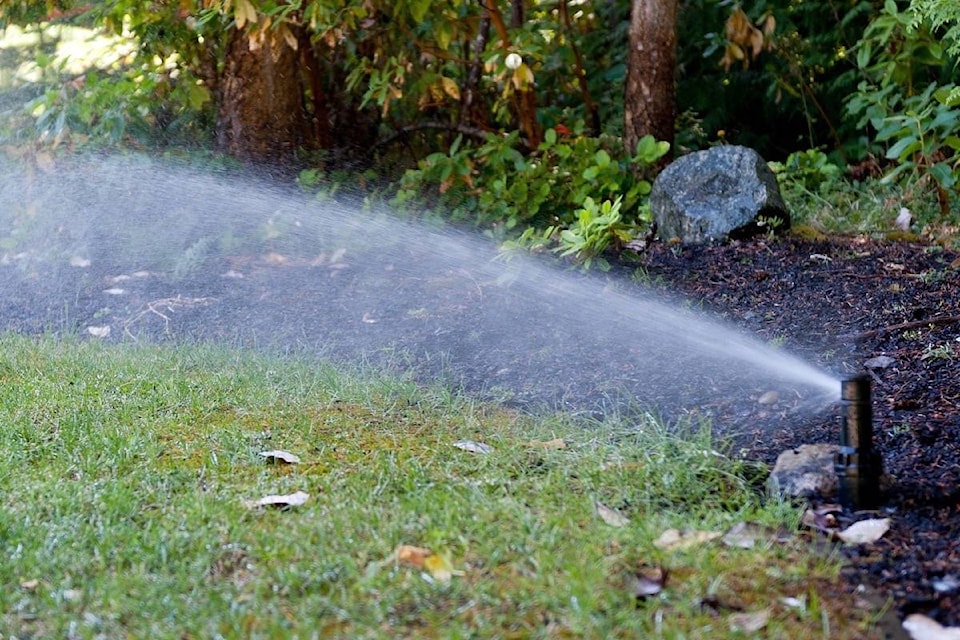Warm-weather water restrictions are an annual occurrence in the mid-Island region.
In April, the City of Parksville and Regional District of Nanaimo introduced Stage 2 water restrictions due to a dry February and March, below-average snow pack and lower tracking than usual for this time of the year.
Water managers have to plan for the months ahead but this summer they will have some help. An analysis of groundwater levels was recently completed by the RDN.
A report by Waterline Resources Inc. was presented at the RDN’s committee of the whole meeting on June 9 that contained analysis of historical and current seasonal conditions of aquifers in the region. It includes data from both the RDN and provincial monitoring wells, indicating where regional groundwater levels are tracking in May 2020 and compared it with previous years.
READ MORE: Parksville, RDN moves to Stage 2 watering restriction as of April 1
“We brought together groundwater level information that’s available across the region and done an analysis to see which aquifers are tracking at average levels for this time of year,” said Julie Pisani, the RDN’s program co-ordinator, drinking water and watershed protection. “Which aquifers are tracking above average this time of year and which are below average. And what that does is it gives us kind of an early indication which areas within the region we might be looking to have a heightened water conservation measures required if we’re seeing already low average levels.”
Out of 22 aquifers that are monitored, nine are bedrock and 13 are sand and gravel. Both possess different characteristics and response to precipitation that affects their resilience to water extraction and drought.
The data shows that two aquifers are tracking at above-average seasonal groundwater levels, seven aquifers are at average seasonal levels, and 11 are below average.
Six of the aquifers that are currently below average levels are also experiencing longer-term decline. Five of them are bedrock aquifers in Errington, Benson Meadows, Gabriola, Yellowpoint, and South Wellington. The report shows that this type of water source are more prone to seasonal groundwater shortages and declines over time with climate change and continued extraction.
The current groundwater level trend information will be shared with municipal, improvement district, and small water system staff to provide an outlook for groundwater conditions this coming summer and support their management considerations and communications to customers. It will also available to residents on private wells.
Many communities rely on groundwater for their water supply. They include water areas obtained by the RDN, City of Parksville, Town of Qualicum Beach, Deep Bay Improvement District, Bowser Waterworks, Qualicum Bay Horne Lake Waterworks, and North Cedar Improvement District. As well, the Snaw-naw-as and Stz’uminus First Nations operate water supply that rely on groundwater from regional aquifers.
Electoral Area F (Coombs, Hilliers, Errington, Whiskey Creek, Meadowood) director Leanne Salter asked that the decision to receive the report be deferred until they have more time to discuss it.
The board decided to defer accepting the report.
